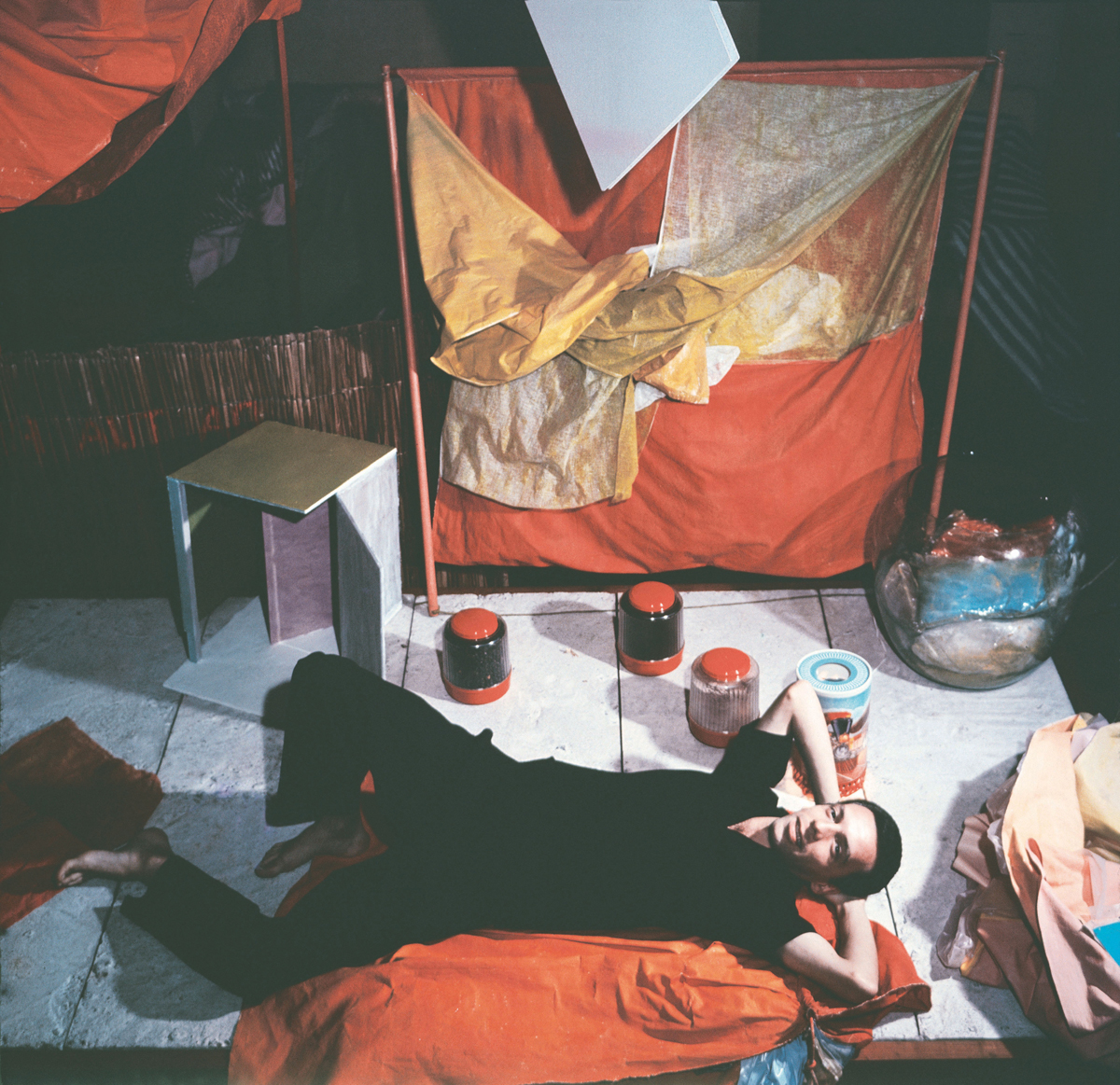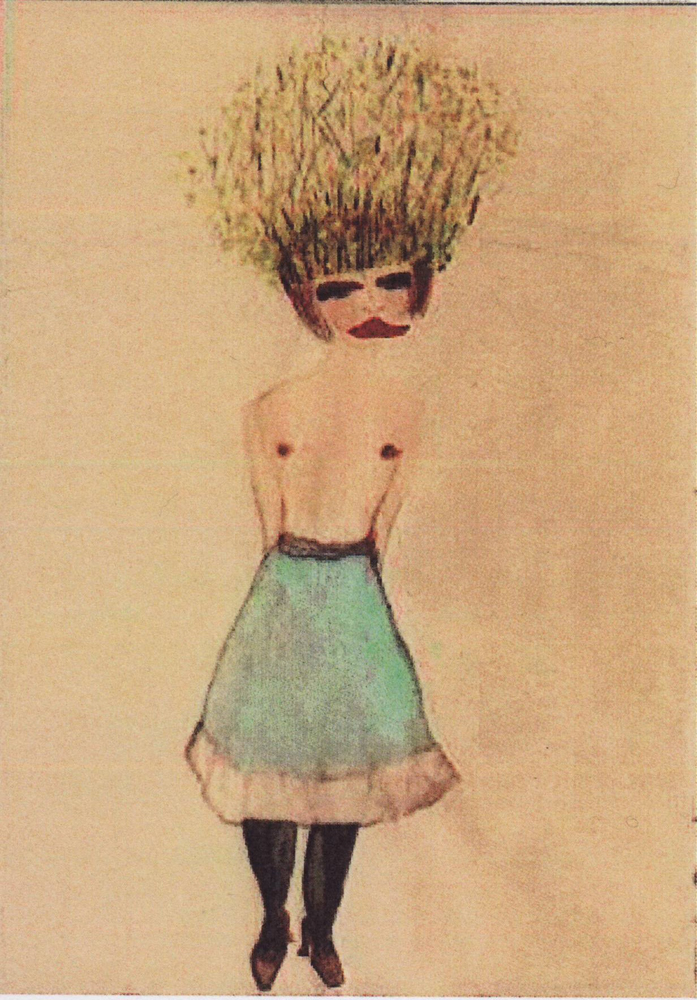
Photo : Lea Crespi
Over the next couple of months Jeu de Paume’s blog will expand its area of debate from artistic practices and contemporary cultures to the politics of the body, gender and sexuality. My intention is to “install” a transfeminist philosophy blog within the digital home of a cultural institution; an act which, given the resistance of French museums to promote the insubordination of normative gender and sexual policies, I imagine to be as profane and precarious as introducing a pack of rats in a sports gymnasium. If I’m thinking about rats it’s because the Jeu de Paume Gallery, before it became an art gallery, was once the most distinguished Parisian centres for playing the game of Handball. One of the oldest racket sports —an ancestor of the Basque Pelota— the game entails hitting with your hand a ball made from, as the legend goes, the skin of a rat. It was in a different hall dedicated to jeu de paume, in Versailles, where, on the 20th June 1789, the French National Assembly declared itself a constituent body opposed to the King, thus paving the way for the processes of social transformation that would later be referred to as The French Revolution. Just as one day the third state of the realm rose up against the sovereign power of the Former Rule, today the skinless rats of cognitive capitalism are too rising up, calling for somato-political revolution and semiotic-sex: gays, butches, feminists, junkies, migrants, the undocumented, sex workers, crips, HIV positives, transsexuals, transgenders….the game of the rat has begun. The revolt pulses in the digital mousetrap of Jeu de Paume.
Thanks to Rebecca Close for the proof reading and translation of the blog in English.
Comments Off on Skin of a Rat |
Suite de l’article






